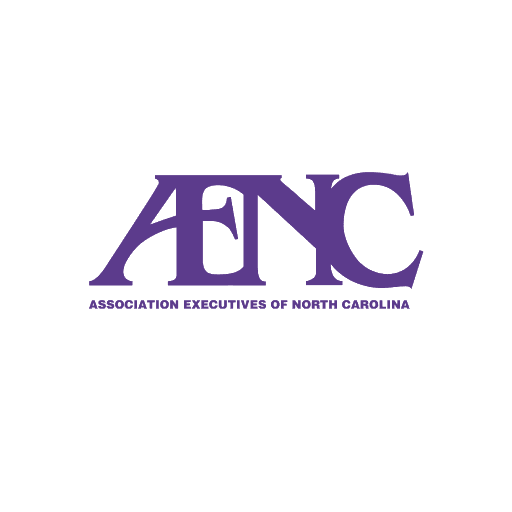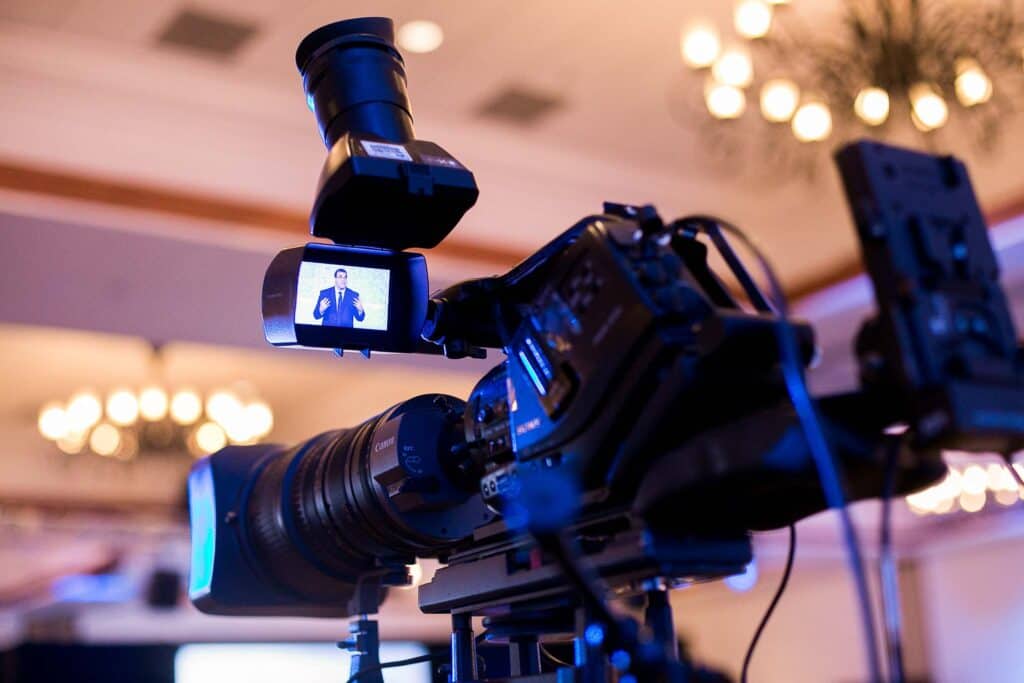How audio visual charlotte nc streamlines event execution
Wiki Article
Understanding the Incorporation of Audio Visual Innovation in Today's Educational Environments
The integration of audio-visual modern technology in instructional setups has transformed the training and discovering procedure. Educators now have access to devices that deal with various finding out styles, boosting trainee engagement and cooperation. The unification of these technologies provides both opportunities and difficulties. Understanding just how to effectively carry out these tools is necessary. What techniques can instructors utilize to take full advantage of the benefits of audio-visual innovation in their class?The Development of Audio-Visual Modern Technology in Education And Learning
As educational demands developed over the years, audio-visual technology went through substantial improvements that improved the knowing atmosphere. Tools such as movie projectors and slide programs were the primary methods of incorporating aesthetic components into class. These early innovations supplied instructors with the capacity to existing details dynamically, yet they were restricted in access and interactivity.With the advent of video cassette recorders in the 1970s, classrooms began to incorporate recorded lessons, expanding the scope of academic resources. The introduction of desktop computers in the 1980s further revolutionized this landscape, enabling the creation of multimedia discussions and interactive understanding experiences.
The surge of the web in the 1990s marked a turning point, enabling real-time accessibility to a wide range of audio-visual products. Today, electronic devices such as interactive whiteboards and on the internet discovering platforms remain to enhance the educational experience, fostering involvement and cooperation amongst students.
Benefits of Audio-Visual Tools for Diverse Learning Styles
Audio-visual tools play a necessary duty in dealing with diverse learning designs by improving aesthetic learning and improving auditory engagement. By incorporating photos, videos, and sound, these modern technologies develop a more inclusive educational setting. This complex strategy enables educators to resolve the different preferences and demands of trainees successfully.Enhancing Visual Knowing
Interaction in the learning procedure is markedly boosted with the use of audio-visual tools, accommodating different finding out styles. These devices, such as videos, infographics, and interactive discussions, offer aesthetic stimuli that assist comprehension and retention. Aesthetic students, in specific, gain from the unification of images and animations, which can streamline complicated principles and enhance understanding. Furthermore, audio-visual sources can illustrate real-world applications, making finding out more relevant and appealing. By incorporating shade, motion, and noise, instructors can create a dynamic discovering environment that catches pupils' focus and fosters much deeper cognitive links. Ultimately, the calculated usage of audio-visual technology not just supports aesthetic learning however likewise improves the general educational experience for diverse learners.Improving Auditory Involvement
A substantial advantage of including audio-visual tools in education and learning is their capability to boost acoustic engagement among students. These devices, which encompass multimedia presentations, podcasts, and interactive audio elements, provide to numerous learning styles, especially profiting acoustic learners (audio visual charlotte nc). By incorporating audio and narration, educators can create immersive experiences that capture trainees' focus and enhance understanding. This involvement is vital, as it fosters a deeper understanding of the material and advertises retention. In addition, audio-visual devices can promote joint discovering atmospheres, encouraging students to join conversations and share their understandings. Eventually, the incorporation of audio-visual technology not just sustains auditory engagement yet likewise enriches the overall instructional experience, making finding out more dynamic and reliable for all pupilsEnhancing Interaction Through Interactive Learning

In addition, gamification aspects, such as quizzes and simulations, can boost motivation and retention, making discovering extra pleasurable and reliable. These strategies not only promote cognitive involvement but also satisfy varied learning styles, making sure that all pupils can participate meaningfully. Consequently, interactive discovering settings foster a sense of neighborhood and belonging, inevitably bring about improved academic outcomes. With the combination of audio aesthetic modern technology, instructors can transform traditional classrooms into lively areas where pupils grow and proactively shape their educational journeys.
Connecting Theory and Exercise With Multimedia Resources
Multimedia sources offer as an essential link between theoretical ideas and sensible application in instructional setups. By boosting involvement, facilitating joint understanding experiences, and supporting diverse discovering designs, these devices develop a more inclusive and dynamic learning environment - audio visual charlotte nc. This approach not only fosters deeper understanding but also prepares pupils for real-world obstacles
Enhancing Involvement Via Multimedia
Involvement in instructional settings significantly boosts when trainers integrate multimedia resources into their mentor techniques. Making use of video clips, podcasts, and interactive presentations improves the finding out experience, enabling students to attach with the material on numerous degrees. Multimedia resources accommodate various finding out styles, providing aesthetic, auditory, and kinesthetic stimulations that can hold students' focus better than standard lecture methods. In addition, these resources can streamline complex principles, making them much more obtainable and unforgettable. By incorporating multimedia, educators can develop a dynamic class environment that cultivates interest and motivates students. Ultimately, the calculated use of audio-visual modern technology offers to link the space in between academic knowledge and functional application, improving the instructional experience for both trainers and pupils.Facilitating Collaborative Discovering Knowledge
Numerous research studies show that collaborative knowing experiences considerably improve pupil end results when integrated with multimedia resources. Multimedia devices promote interaction among trainees, enabling them to participate in analytical and important thinking collectively. By using video conferencing, joint platforms, and interactive discussions, instructors create environments for team effort and shared understanding. These modern technologies enable students to communicate their ideas efficiently and get instant comments, promoting a deeper understanding of the subject. In enhancement, multimedia sources can provide complicated ideas in even more absorbable layouts, advertising discussion and cooperation. Consequently, the combination of collaborative understanding and audio-visual innovation not just enhances the instructional experience but likewise prepares pupils for real-world synergy dynamics, highlighting the significance of collaboration and collective knowledge construction.Sustaining Diverse Discovering Styles
While standard mentor methods frequently deal with a minimal series of discovering preferences, the assimilation of audio-visual modern technology uses a much more inclusive strategy to education and learning. By utilizing multimedia resources such as video clips, interactive simulations, and digital discussions, teachers can deal with numerous discovering styles, consisting of visual, acoustic, and kinesthetic. This versatility allows for set apart direction, enabling trainees to engage with material in ways that reverberate with their individual choices. Furthermore, audio-visual devices can assist in much deeper understanding by supplying several representations of complicated principles. Consequently, pupils who might deal with standard techniques can locate alternate paths to success, fostering a much more fair knowing setting that supports academic success for all learners.Difficulties in Applying Audio-Visual Innovation
Although audio-visual modern technology holds terrific assurance for enhancing instructional experiences, its application frequently experiences substantial difficulties. One primary worry is the economic worry connected more info with investing in and keeping such equipment, which can strain budgets, especially in underfunded organizations. Furthermore, insufficient training for instructors can prevent reliable assimilation, leaving them ill-prepared to make use of the modern technology fully. Technical issues, such as software malfunctions and compatibility issues, may likewise interrupt lessons and irritate both educators and trainees. In addition, varying degrees of trainee access to innovation outside the classroom can create disparities in learning possibilities. The potential for over-reliance on modern technology might detract from important training techniques, eventually limiting the instructional experience. Attending to these challenges calls for a thorough strategy, including adequate financing, expert development, and fair access to sources, to ensure that audio-visual technology can be leveraged successfully in today's educational setups.Ideal Practices for Integrating Innovation in the Class

In addition, fostering an interactive environment through collaborative tools urges pupil involvement and participation. Utilizing diverse audio-visual resources satisfies various learning designs, suiting aesthetic, acoustic, and kinesthetic students. Regularly evaluating the impact of technology on pupil understanding aids instructors improve their strategies and adjust to altering requirements. Including students in the choice of technology advertises ownership and motivation. By sticking to these ideal methods, teachers can create a dynamic class ambience that properly incorporates modern technology and boosts the instructional experience for all pupils.
The Future of Audio-Visual Modern Technology in Education And Learning
As class progressively accept technology, the landscape of audio-visual tools in education and learning remains to evolve (audio visual charlotte nc). Future advancements are anticipated to focus on greater interactivity and personalization, allowing instructors to tailor learning experiences to specific pupil requirements. Developments such as augmented reality (AR) and digital truth (VR) will likely give immersive discovering atmospheres, enhancing pupil interaction and understanding
Artificial knowledge (AI) is poised to play a considerable duty in audio-visual innovation by supplying real-time feedback and flexible discovering pathways. This assimilation may aid educators recognize and deal with pupil difficulties better. Cloud-based platforms will certainly help with less complicated access to sources and collaboration among pupils and teachers, despite area.
In addition to these technological advances, expert growth for educators will certainly be vital, ensuring they are equipped to utilize these tools effectively. On the whole, the future of audio-visual innovation in education and learning assures to develop even more vibrant, comprehensive, and impactful understanding experiences.
Regularly Asked Inquiries
How Can Teachers Select the Right Audio-Visual Equipment for Their Classrooms?
Choosing proper audio-visual tools needs instructors to evaluate their academic goals, consider student needs, evaluate available modern technology, and look for referrals from peers or specialists, making certain devices successfully improve knowing and engagement within their specific class atmosphere.What Spending plan Considerations Are There for Executing Audio-Visual Technology?
Budget factors to consider for carrying out audio-visual innovation include first acquisition costs, upkeep expenditures, training for personnel, and potential software program licensing charges. Additionally, lasting financial investment in updates and replacements need to likewise be factored into economic planning.Are There Details Training Resources for Teachers on Audio-Visual Devices?
Lots of organizations supply training sources for teachers on audio-visual devices, including on-line courses, workshops, and educational guides. These sources aim to boost teachers' abilities and confidence in properly integrating modern technology into their training practices.Just how Do We Measure the Performance of Audio-Visual Technology in Understanding?
Measuring the efficiency of audio-visual technology in discovering entails assessing pupil interaction, understanding, retention rates, and general scholastic performance. Surveys, analyses, and observational research studies can give important understandings right into its effect on instructional outcomes.What Prevail Mistaken Beliefs Concerning Audio-Visual Technology in Education And Learning?
Common mistaken beliefs concerning audio-visual innovation in education include the idea that it assures engagement and discovering end results, as well as the assumption that all pupils profit equally, neglecting specific learning preferences and needs.Report this wiki page